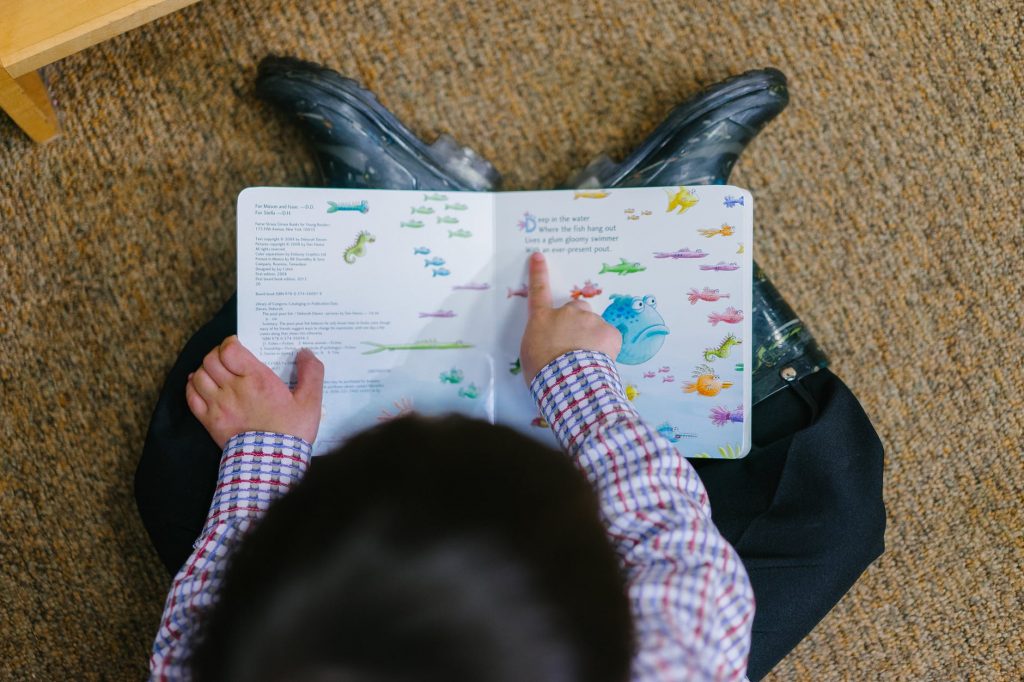Kids learn best through play and hands-on activities, so why are most schools trying to teach from texts or textbooks? Knowing what we do now about child development, it makes better sense to teach kids with fun and engaging activities. Even if you are homeschooling your child this year, you can make learning more fun for your kids. Here’s how.
Teaching and Learning Coding
Technology has moved at the speed of light in the last fifty years. It has gone way beyond what people imagined. Ergo, making sure your kids have a good foundation in computers and programming or coding languages is a good idea. However, a lot of coding can seem boring to kids, but the truth is coding for kids can be fun.
There are dozens of coding programs and lessons that kids can learn from and enjoy. For example, one company teaches kids programming and coding by learning how to create Minecraft mods and gameplay items. The building toy company Lego offers coding programs at their theme parks geared at both younger and older students that, when completed, causes their Lego builds to move in specified ways. Robotics camps and clubs, when they can meet, also teach a lot of coding and then use those skills to do “droid battles” in competition. It’s out there if you are willing to look for opportunities.
Kids can also learn coding at home with hands-on tech kits. Parents can buy a build-a-tech subscription, so kids can have monthly STEM projects to learn about different concepts and apply those by building stuff.
Movie Tie-Ins for Learning Literature
Taking the time to read to your children is crucial for early child development. However, children should be able to read on their own by the time they’re six or seven years old. If you have a kid that doesn’t like to read, try the following approach: pick a book at the reading level required for your child’s grade and then find a movie adaptation that goes with it. Some books may have more than one film, and that can help too.
Start by having your child read the first three chapters, then watch the first thirty minutes of the movie. Compare and contrast the read chapters with what takes place in the first thirty minutes of the movie and write a short couple of paragraphs on those differences or similarities. Children are engaged because there’s a more relatable version of the story to supplement the literature. This also works for history, but make sure the movie is historically accurate and not just a dramatic piece of cinema.
Science Kits by Mail
Science is only fun when you can do hands-on activities. The best part about learning science is that the door is wide open for what you teach and what your kids need to learn. There are tons of science kits by mail, science kit subscription services, and even individual science kits on specific subjects. You can pick anything, and there is probably a science kit to go with it.
If your homeschooling program doesn’t provide the science lab items you need, or your district doesn’t provide those items for virtual or distance learning, you can get them from kits sold online. Most toy and hobby shops will sell science kits too. Even if science experiments and labs are not a required part of teaching your child or teen science, you may still want to incorporate some of these activities to motivate your child to learn the required material.
Math Games With Rewards
Math is another subject that many kids either find boring or struggle to understand. Thankfully, there are plenty of math games available for kids to play to sharpen their skills and teach them new skills. Some of these games even offer rewards for completing levels that the kids can trade in for prizes.

